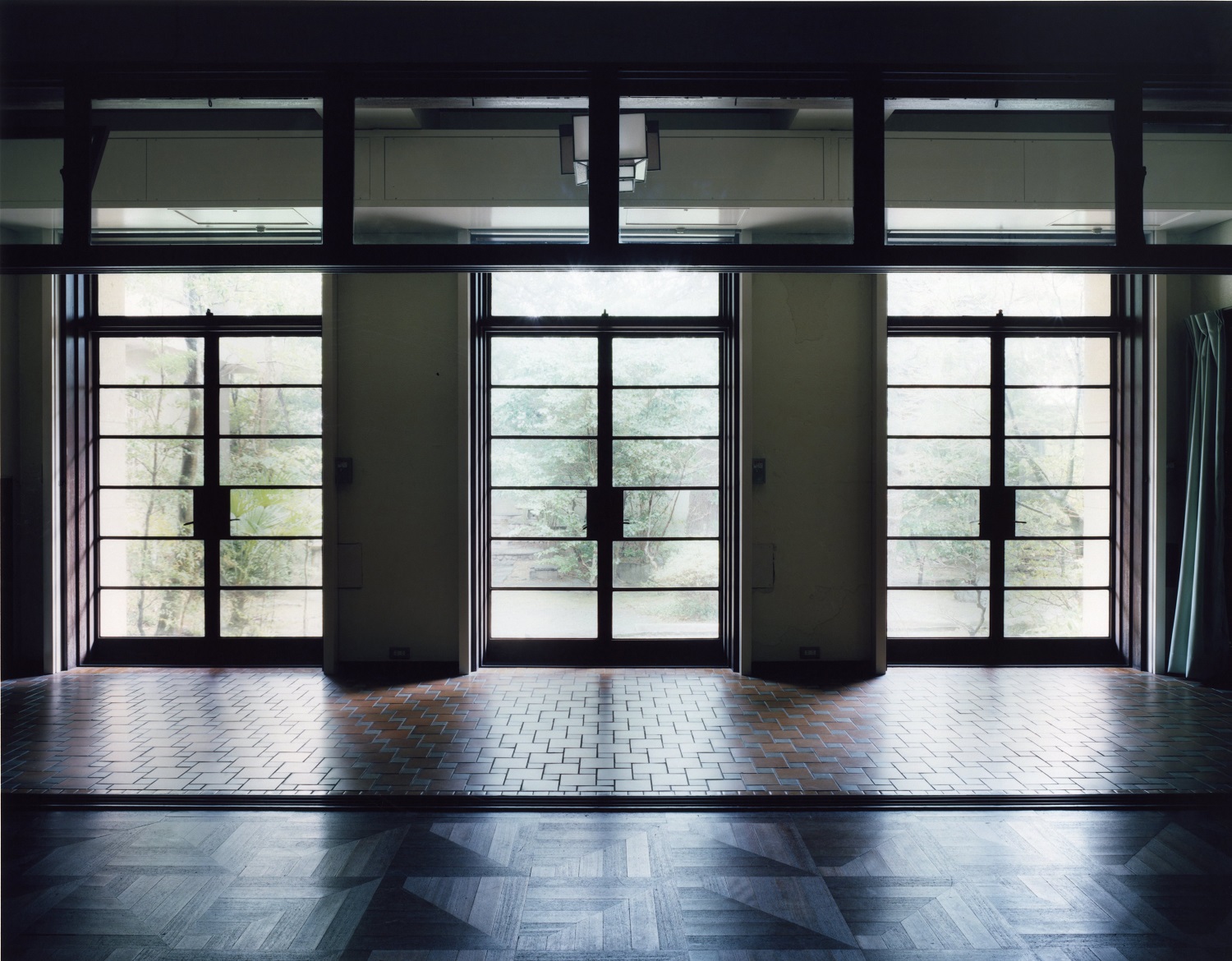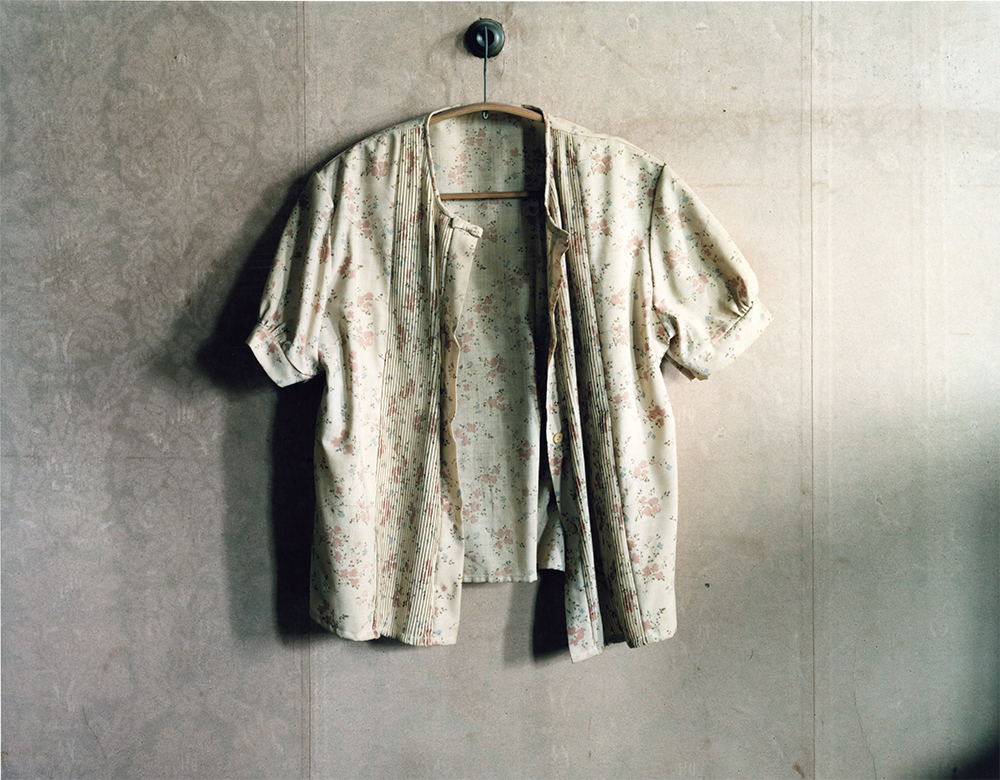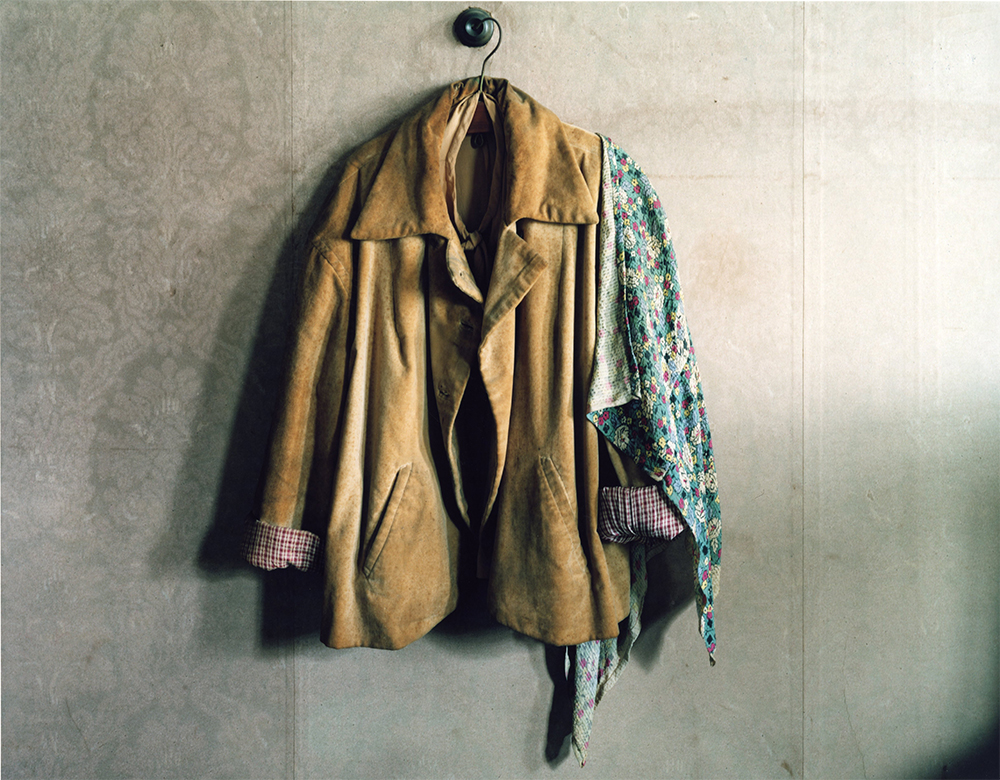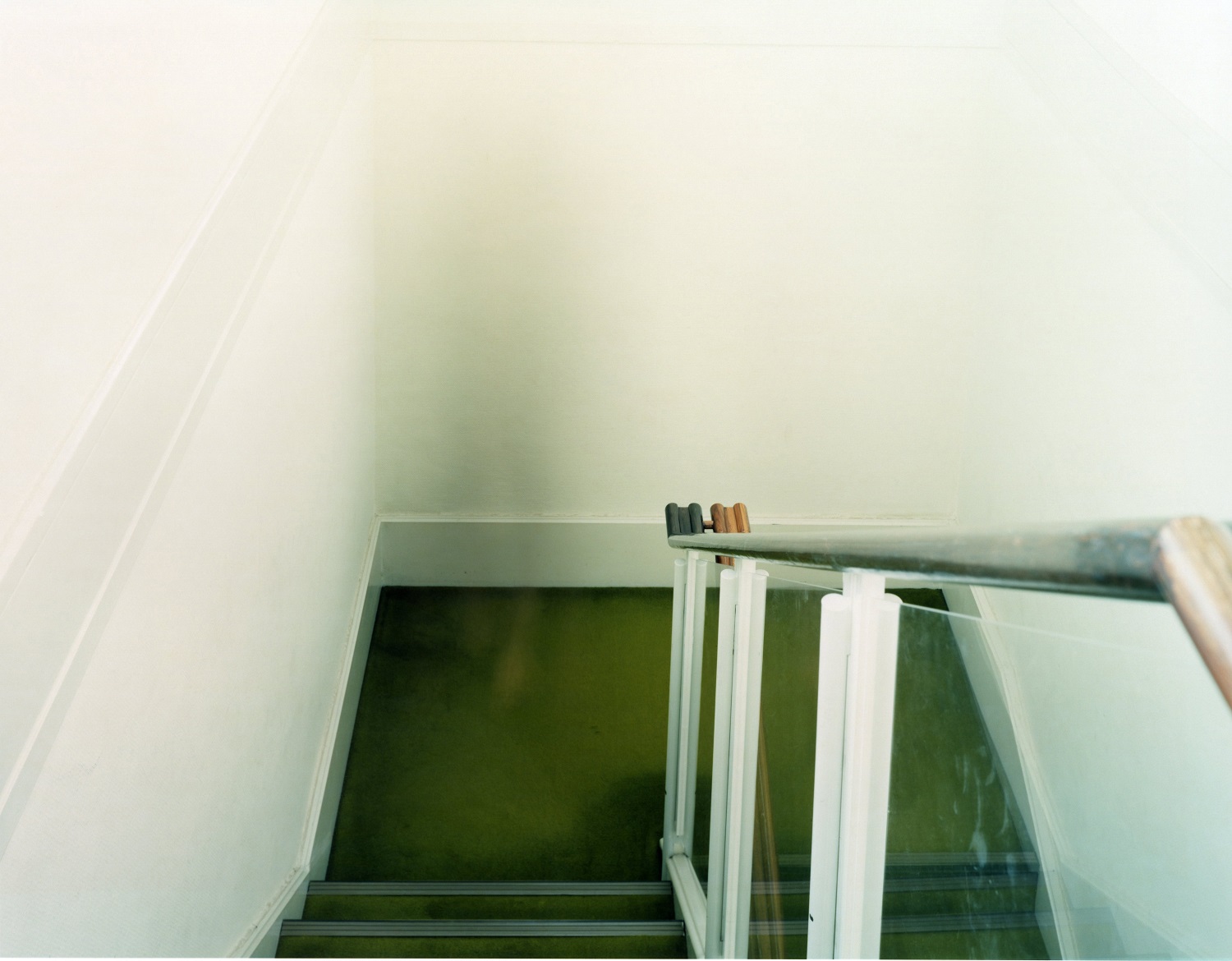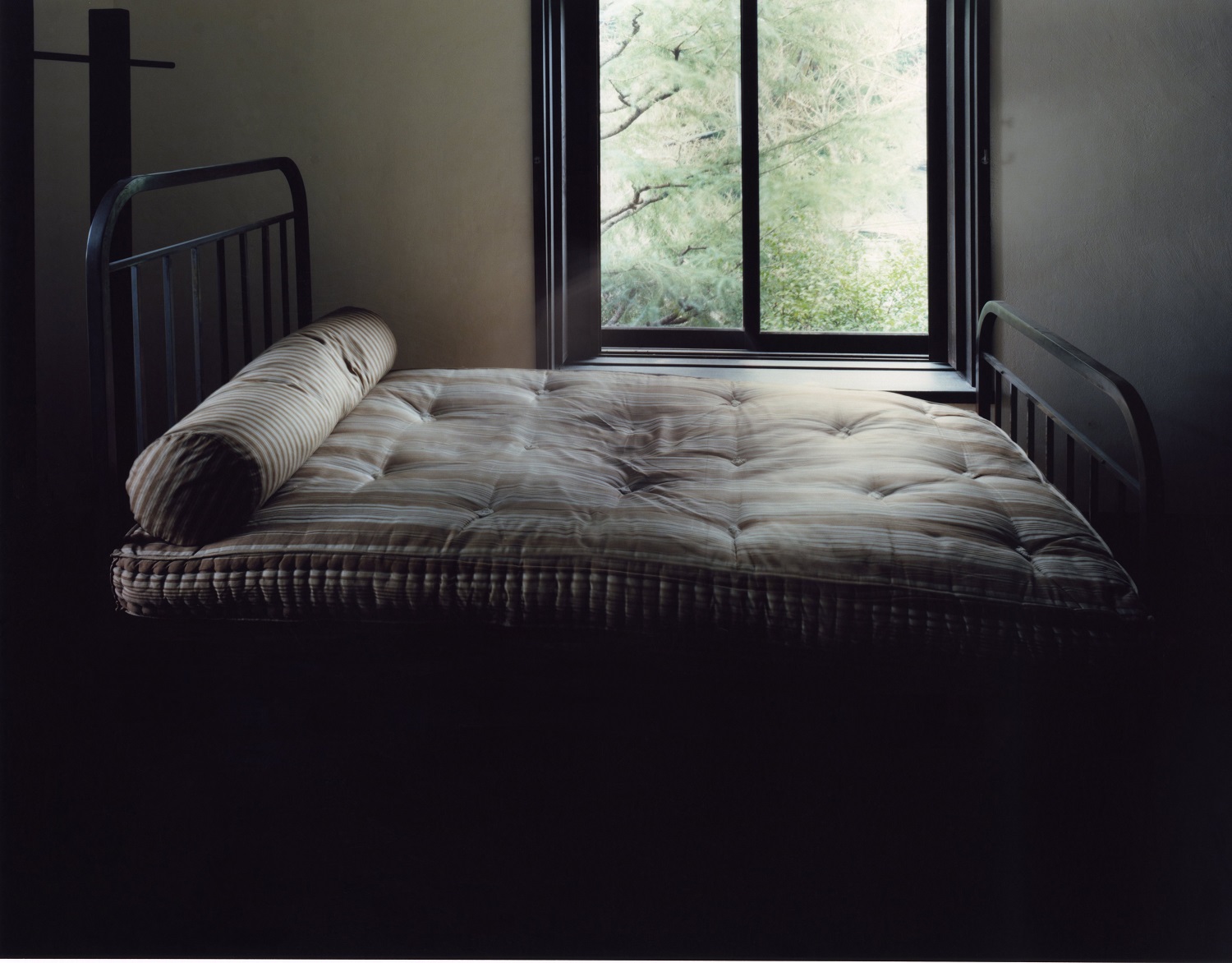Shadow in the House
2017 “Red Brick Gallery Photography Exhibition” at HigashikawaInternational Photo Festival [Hokkaido, Japan]
2017 “MEMORIES AND RECORDS” at ASHIYA SCHULE [Hyogo, Japan]
2018 “Shadow in the House” organized by Aichi Prefectural University of Fine Arts and Music at Art Lab Aichi [Nagoya, Japan]
2018 “Shadow in the House” organized by Kyoto City University of Arts at KCUA, Archival Research Center [Kyoto, Japan]
2018 “Shadow in the House” at Lights Gallery [Nagoya, Japan]
2018 “Shadow in the House” at BLOOM GALLERY [Osaka,Japan]
2019 “Shadow in the House” at PORT ART&DESIGN TSUYAMA [Okayama, Japan]
2021 Asama International Photo Festival PHOTO KOMORO [Nagano, Japan]
2023 “The Other Side of the Curtain” at N project [Osaka, Japan]
Installation
Shadow in the House
Artist, Akira Otsubo explores the relationship between memory and documentation, which is the foundation of our identities. Otsubo started making “Shadow in the House” during her study in the Czech Republic. She photographed grand mansions, including a chateau built in 1928 by an old aristocratic family and then, like many such properties, seized by the Communist government. Coming back to Japan, she photographed private homes once seized by the General Headquarters (GHQ) after the World War II. Otsubo turned deeply personal memories that are obscured by history into shadows by shooting dancers on a 4×5 camera using a long exposure. Art critique, Megumi Takashima, who collaborated with the artist, explains the philosophical basis of her approach. “Traces of shadows and bodies indicate that there is something out there, yet they themselves do not have any physical existence. In other words, they are some sort of a paradoxical “crack” that proves its existence by being non-existent”. After World War II, Japan was placed under occupation by the Allied Forces and over 3,000 private homes were confiscated to house the occupation’s officer corps. There are signs of renovations being done on the houses in her photographs, such as converting a Japanese style tatami room into a Western style room with hardwood flooring. Although the majority of the seized properties were returned to the former owners after the derequisition, many of them are now being demolished. Otsubo explores the role of photography from the perspective of memory and documentation through her attempts to visualize invisible memories. Hovering somewhere between fiction and reality, her compelling images lodge firmly in our consciousness, opening up space for new stories to emerge. We will post some photos from this work.

